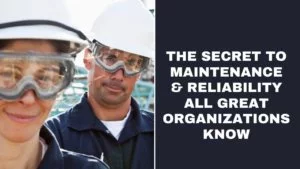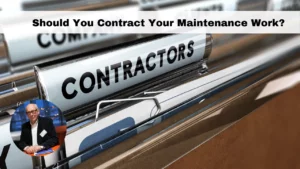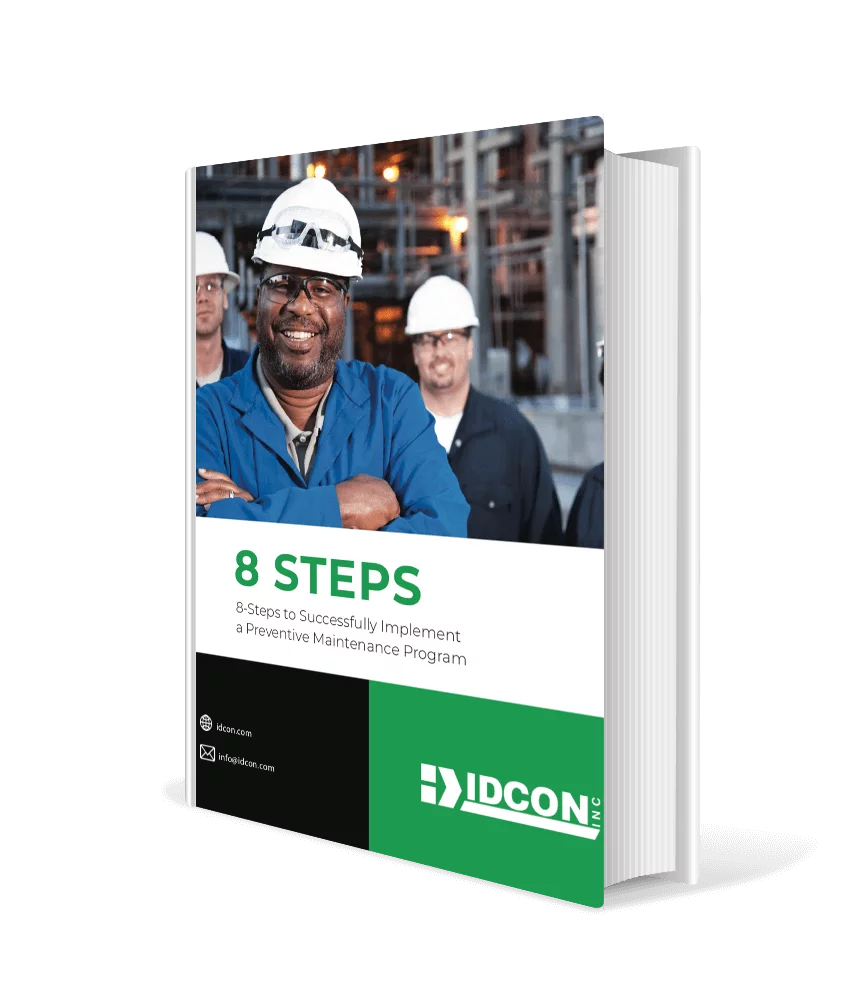What could an old fairy tale mean for Plant Reliability and Maintenance Professionals?
Let us start with a short version of an old story.
Once upon a time, an emperor was offered some fantastic clothes by traveling tailors.
They told the emperor that their clothes were the most exclusive in the world — so exclusive that only wise people saw the clothes.
The emperor accepted the tailors’ offer; they took measurements and cut the expensive fabrics.
When the emperor tried the clothes on, neither he nor any of his advisors and servants could see the clothes, but no one said anything for obvious reasons.
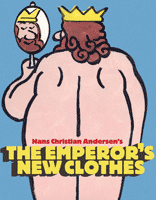
One day, the emperor was to show off his new clothes in a town parade. When he showed up, all important people agreed that his clothes were the most fantastic they had ever seen.
Suddenly, a child shouted, “Why is the emperor naked?”
After that, more and more people agreed they had been tricked, but the tailors had already left with the money.
So, how does this fairy tale relate to reliability and maintenance?
It’s not uncommon to see maintenance departments accept goals, concepts and projects just because we are told to or because it seems to be the norm for the company.
We don’t always question the validity or logic when someone influential suggests a path forward.
Plant maintenance professionals should know reliability best.
When making reliability decisions, maintenance needs to speak up and not accept inefficient or incorrect decisions.
MAINTENANCE COSTS
For example, all plants should cut their maintenance cost, and most maintenance departments are told to do so. It’s the right thing to do, but results vary depending on how cost is cut.
The problem arises when cost is cut without consideration to company profit. Anyone, expert or foe, could easily manage to cut maintenance cost short term by 15 to 30 percent in any plant by reducing personnel and deferring maintenance.
When maintenance is told to cut cost short term, it’s not uncommon to see maintenance pros accept the idea and start slashing, even though they know the long-term results will be devastating.
Don’t do this! At least try to fight back!
You may not win, but you have to propose another course of action.
Next time this happens (and it will), sit down with your staff and make a suggested detailed plan and estimate increased production volume and long-term cost reduction.
Too many times, maintenance people say, “It’s no use. They just want to cut cost right now.”
But when asked if maintenance produced an alternative suggestion to the direct cost cutting, the answer is almost always, “No.”
So, how are “they” going to do something different if there are no other options proposed? They aren’t reliability experts; you are!
INITIATIVE EFFECTIVENESS
There are many packaged concepts out there that are technically sound. But, they may not be the best option for your plant.
If you are introduced to Total Productive Maintenance (TPM), Reliability-Centered Maintenance (RCM) or other acronyms, it’s absolutely critical to investigate how the packaged concept fits your operation.
Then, customize it to the plant. Don’t just implement all aspects of a preconfigured concept without an evaluation.
I recently visited a food plant that had been mandated by corporate to implement “autonomous maintenance” (TPM/operator-based reliability) within six months.
Their biggest mistake was not asking corporate the big questions. “Why?” “How will it make us better?”
The plant had little to no understanding what autonomous maintenance entailed and how it would help the bottom line. Therefore, plant management was looking to do as little as possible to be able to check the box “autonomous maintenance” on the next corporate report.
The question to us was, “Do you have autonomous maintenance for operations and, if so, how much does it cost?”
After a short assessment, we suggested that operators’ involvement in maintenance would be wasted at this time since there was no preventive maintenance or planning and scheduling in place.
If implemented, operators would have questioned why they should inspect equipment when maintenance was not doing so.
Identified problems would also overwhelm maintenance since there was no planning and scheduling process.
The plant decided autonomous maintenance was close to 5-S and cleaned out four conference rooms and posted before-and-after pictures. The box was checked on the next corporate report.
REASONING AND QUESTIONS
At the time of decision, always ask at least two questions: How will the proposed initiative make us better?
And, have we considered a few other alternatives to the suggested proposal?
Use reasoning and look at the facts.
Try to stay away from emotional evaluations.

